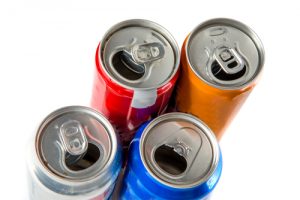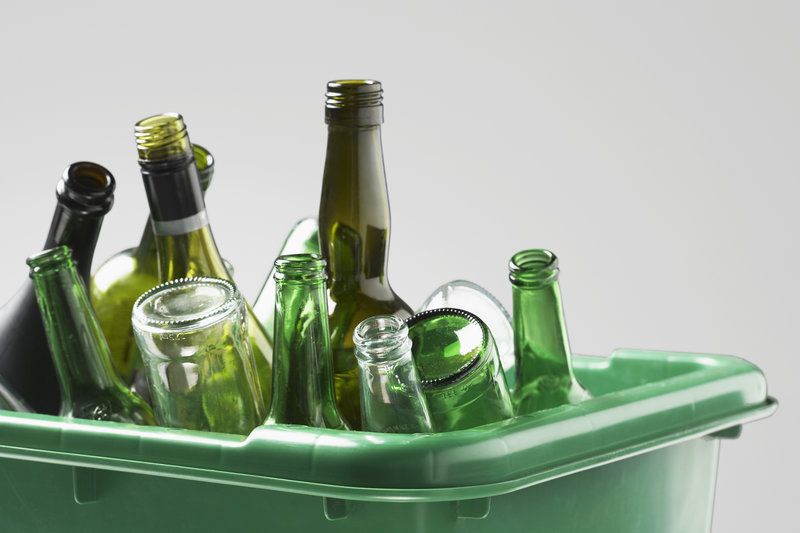An analysis of the recycling programs of the 10 biggest cities in the U.S. shows single-stream collection is the norm – and foam polystyrene and plastic bags are being shooed away from carts.

Resource Recycling keeps you on top of critical industry trends and brings unparalleled analysis of the evolving materials stream, market turbulence, policy trends and more.
Sign up for our free weekly e-newsletters to receive the latest news directly.
An analysis of the recycling programs of the 10 biggest cities in the U.S. shows single-stream collection is the norm – and foam polystyrene and plastic bags are being shooed away from carts.
For the past 14 months, The Recycling Partnership has supplied an average of 235 recycling carts each day to U.S. curbside programs, according to the group.

Avangard Innovative’s Rick Perez speaking at Plastics Recycling 2017 in March. Credit: Riverview Photography
Avangard Innovative is continuing its efforts to optimize recycling streams with the assistance of new technology, and the results are playing into bale price negotiations.
 A North Carolina government office that provides substantial recycling industry support would be eliminated as part of a budget bill approved by the state Senate last week.
A North Carolina government office that provides substantial recycling industry support would be eliminated as part of a budget bill approved by the state Senate last week.
 Aluminum rolling and recycling company Novelis continues to boost its usage of recovered metals.
Aluminum rolling and recycling company Novelis continues to boost its usage of recovered metals.
 A pair of Northeast states accept applications for recycling-related grants, and funds are awarded for a host of initiatives in Midwest and West Coast jurisdictions.
A pair of Northeast states accept applications for recycling-related grants, and funds are awarded for a host of initiatives in Midwest and West Coast jurisdictions.
Don’t fear the evolving waste stream. But be judicious about what new packaging you allow in your recycling program. That was the message from a Waste Management leader speaking on an EPA webinar last week.
 Five sorting centers in Quebec, Canada have been selected to take part in a pilot project that organizers hope will lead to the recycling of all curbside glass.
Five sorting centers in Quebec, Canada have been selected to take part in a pilot project that organizers hope will lead to the recycling of all curbside glass.
 Numerous studies in 2016 pointed to the need for better recycling outreach. Continue Reading
Numerous studies in 2016 pointed to the need for better recycling outreach. Continue Reading
 During the past year, the national average price of post-consumer PET beverage bottles and jars rose steadily by 68 percent, from 8.6 cents per pound in March 2016 to the current 14.5 cents per pound.
During the past year, the national average price of post-consumer PET beverage bottles and jars rose steadily by 68 percent, from 8.6 cents per pound in March 2016 to the current 14.5 cents per pound.
